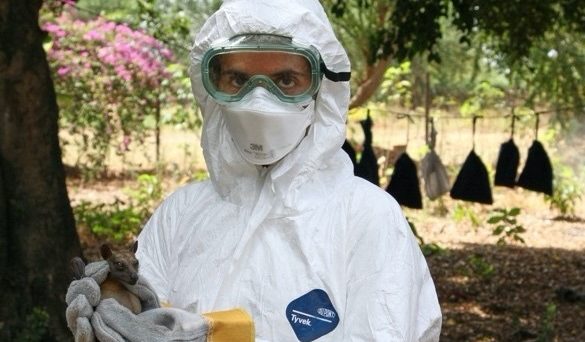
Welcome to our Meet the SDG3 researcher blog collection. We are interviewing a series of academics and practitioners working in diverse fields to achieve Sustainable Development Goal 3: Ensure healthy lives and promote well-being for all at all ages. You can find other posts in this collection here, and discover what else Springer Nature is doing to advance progress towards achieving this goal on our dedicated SDG3 hub.
Please tell us a bit about yourself and your research.
Having loved horses since childhood, I pursued a Veterinary degree from HPAU, India, and followed it with a Masters in Veterinary Surgery and Radiology.
During this period, a friend lent me the documentary An Inconvenient Truth and it opened my eyes to mankind’s effects on our environment. It put into perspective the shrinking tea gardens near my University’s beautiful town, Palampur, nestled in a valley overlooked by the Dhauladhars (a large Himalayan mountain range). Coupled with warming weather and increased construction, I got a front row seat to anthropogenic changes in that region.
The One Health concept, while not new, is increasingly being recognized for its collaborative approach to issues that intersect human, animal, plant, and environmental health.
This led me to join the Indian Youth Climate Network and be a youth representative at the 2009 United Nations Climate Change Conference in Copenhagen. No binding agreement was made at this summit, and it made me think about what I, as a veterinarian, could do to affect some positive change around me.
My search took me to the Master of Preventive Veterinary Medicine program at University of California, Davis, which introduced me to One Health, a concept that, while not new, is increasingly being recognized for its collaborative approach to issues that intersect human, animal, plant, and environmental health.
A PhD in Epidemiology followed, and during this entire process I’ve had the fortune of working on a wide variety of projects, from the effects of organochlorines on California sea lions, to tracking bats in Tanzania and creating a novel geospatial network using satellite-derived data for modeling infectious disease spread. I enjoy coding and GIS, so being able to amalgamate them with my research and learning a wide variety of tools along the way is very satisfying.
Being part of the USAID Emerging Pandemic Threats – PREDICT project, the DTRA funded Evaluating Zoonotic Viral Sharing in South Tanzania (VISHA) project, and currently the USAID One Health Workforce – Next Generation project has given me the opportunities to contribute to research in these areas.
What about your team, collaborators, and any special influences and mentors?
I owe much to my mentor, Dr. Jonna Mazet, for her invaluable guidance and support during my journey. In addition to some great colleagues at the One Health Institute, the UC Davis DataLab (formerly Data Science Initiative) was a helpful place to meet, collaborate with, and learn from a diverse set of researchers on campus. Professor Duncan Temple Lang, also an R core member, has been instrumental in furthering my computing interests and skills.
As the OHW-NG global liaison for the Southeast Asia One Health University Network (SEAOHUN), I currently work with a diverse and inspiring team from across Southeast Asia to help bolster their One Health workforce for more effective disease surveillance and control. All this makes me realize that the sum of our work is both built upon and influenced by others’ contributions and cannot be easily realized without the input of a myriad collaborators.
My real-life mentors, starting from Dr. SP Tyagi during veterinary school, to Dr. Jonna Mazet during my MPVM and PhD journey, and finally Dr. Duncan Temple Lang, a computing genius par excellence, have been my inspirations thus far. From them I have learnt that one can be brilliant in one’s field while also being a kind and supportive human being.
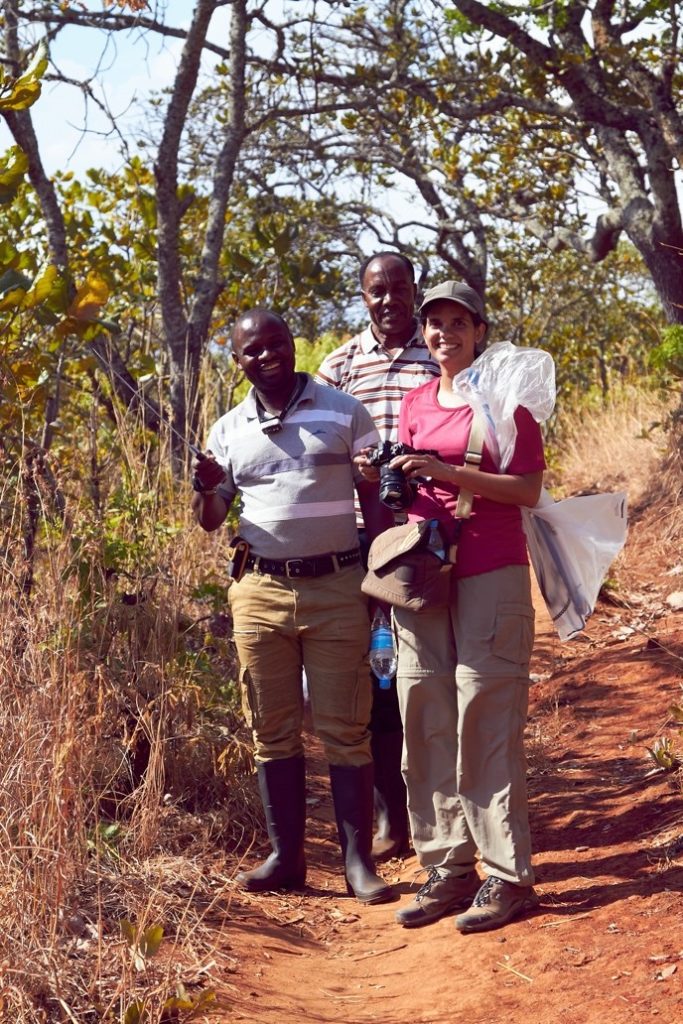
Any career highlights?
My field trip to Tanzania, where we attached GPS trackers on bats and determined their movement patterns. This work took me to Morogoro, Udekwa, and Illovo, three vastly different places in Tanzania united by the warmth of the local people, beautiful landscapes, and delicious ugali.
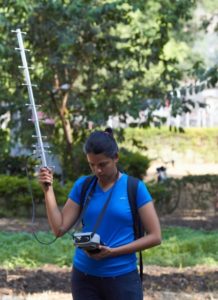
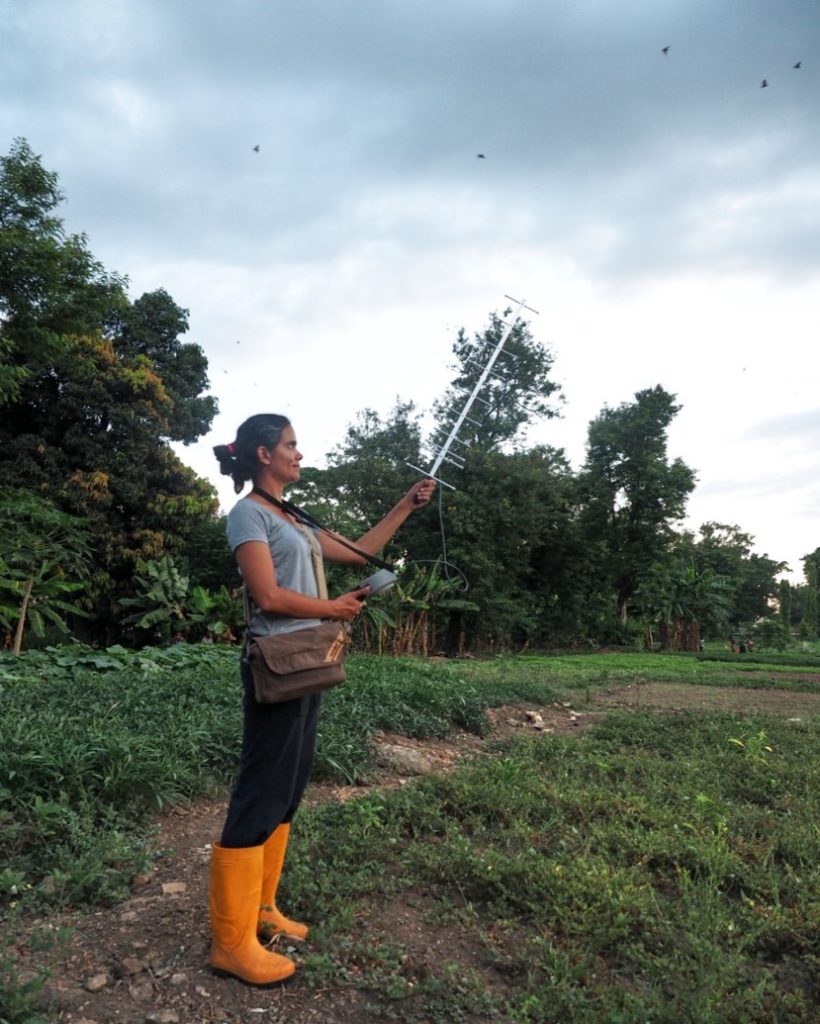
Here I got to accompany the VISHA team as they sampled bats to know more about the viruses they were shedding, and I worked alongside them to affix GPS loggers to some of the bats we caught and released (after a good helping of mango juice). Drs. Zikankuba Sijali (aka Dr. Popo; “bat” in Swahili), Brian Bird (aka Dr. Ndege; “bird” in Swahili), Chris Kilonzo, and Mr. Alphonse Msigwa and Amani Zacharia comprised the team I worked with. And what an amazing team it was!
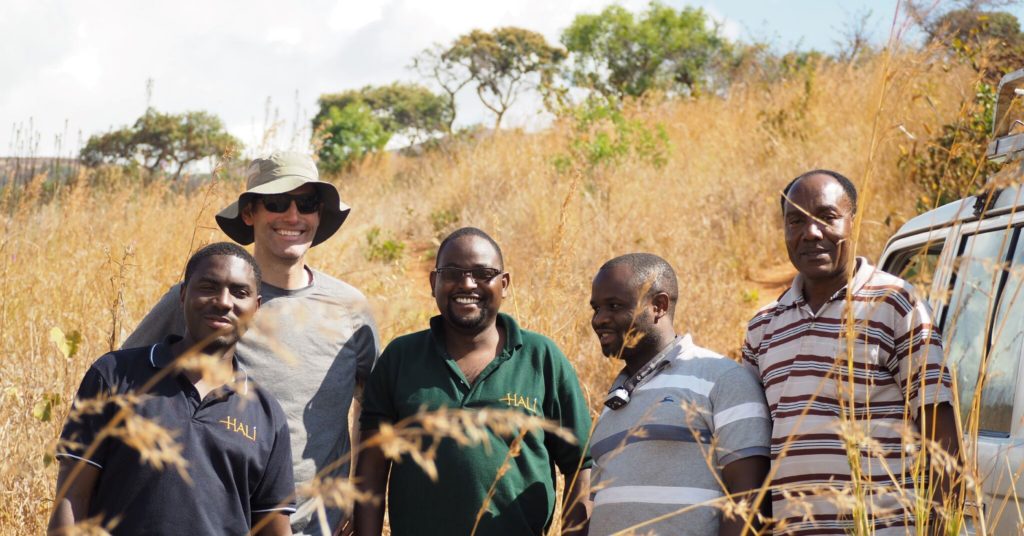
Another fond highlight is a data conference we helped organize in 2019, for participants representing the fields of veterinary and human medicine, social science, and laboratory technology and hailing from 12 countries: Cambodia, Ghana, Guinea, Nepal, Rwanda, Senegal, Sierra Leone, Tanzania, Uganda, Kenya, Myanmar, and Vietnam. We introduced them to tools and methods to understand, visualize, and analyze their data, but more importantly, I connected with and was inspired from the participants themselves.
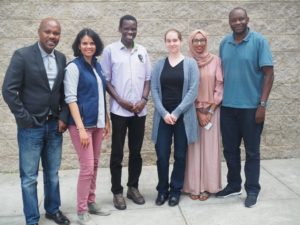
They include (but are not limited to) the inimitable Dr. Ricky Okello, who as a Gorilla Doctor, monitors the health of habituated mountain gorillas in Bwindi and Mgahinga Gorilla National Parks, Uganda; Dr. Veasna Duong, working with Institut Pasteur in Phnom Penh, Cambodia; and Dr. Ohnmar Aung, the country coordinator for PREDICT in Myanmar.
An R programming tool, epicontacts, which I contributed to along with other members from the R Epidemics Consortium (RECON), is being used for outbreak response around the world. It was developed during a hackathon to create free, open-source resources for the real-time monitoring of disease outbreaks.
How does your work relate to Sustainable Development Goal 3 (SDG3)?
As part of the One Health Workforce – Next Generation project, our work relates to the following SDG3 targets and indicators:
- Target 3.3: By 2030, end the epidemics of AIDS, tuberculosis, malaria and neglected tropical diseases and combat hepatitis, water-borne diseases and other communicable diseases
- Target 3c: Substantially increase health financing and the recruitment, development, training and retention of the health workforce in developing countries, especially in least developed countries and small island developing States
- Target 3d: Strengthen the capacity of all countries, in particular developing countries, for early warning, risk reduction and management of national and global health risks
The other SDGs our work impacts include Gender Equality; Industry, Innovation and Infrastructure; and Life on Land.
What’s the most pressing research question in your field, and your hopes for progress in the future?
My most pressing hope for progress in the future is for all of us to realize how interdependent life on earth is, and to take actionable steps to preserve our natural environment in order to promote not just human health, but also animal, plant, and environment health. We need to make significant progress in the way we live and interact with nature.
In addition, I hope there is greater emphasis on the development of free, open-source, and high-quality scientific software to both inform the public health response to infectious disease outbreaks and also to contribute to other scientific fields, including conservation, as well.
Please describe challenges and hurdles you’ve come across during your career.
As an introvert, putting myself “out there” with my work and thoughts, for e.g., through this very post, is sometimes challenging for me. The resulting human connections and interactions that arise, however, can be very enriching and ultimately contribute to a greater sense of fulfillment. As with all research, finding and learning the right tools within the right time frame – these skills start building upon themselves, though. So, with time, the learning slope starts to ease up. What helped was that I really enjoyed this learning process.
You can find other posts in this collection here.
At Springer Nature we are committed to playing our role in advancing progress towards achieving SDG3 by both supporting researchers and being an active voice, promoting an interdisciplinary evidenced-based approach to all targets and indicators within this goal. Learn more about our SDG3 activities and the Springer Nature SDG Programme.
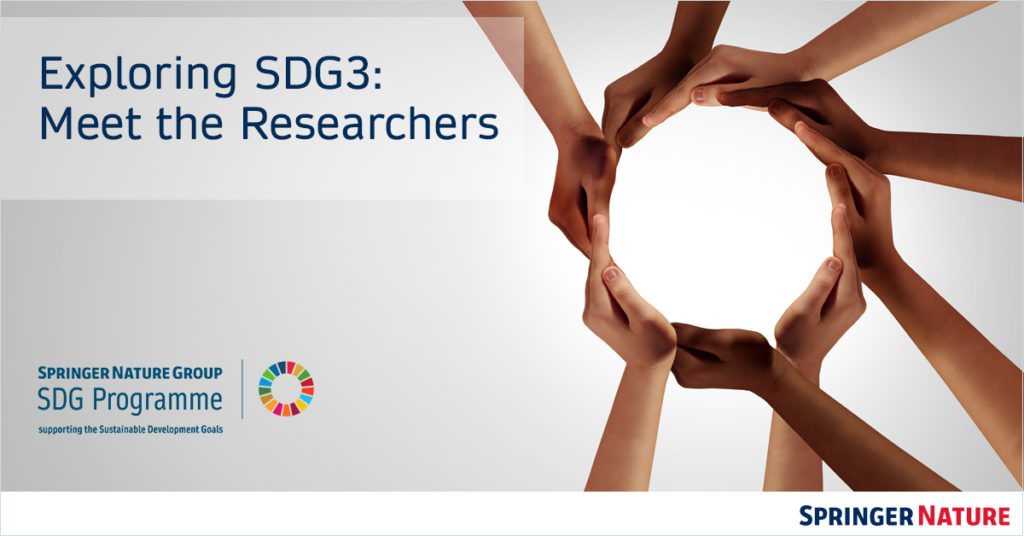
Comments